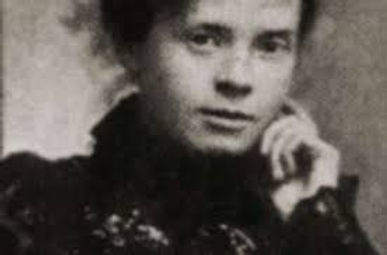
Are you a witch or are you a fairy. Or are you the wife of Michael Cleary?
In some parts of Tipperary, this nursery rhyme is a common one, and many of us may have heard it growing up, but did you ever wonder to whom the rhyme refers? We’ve all heard the expression ‘away with the fairies’, but in the Ireland of the past that phrase was uttered with more literal connotations, and in the case of young Bridget Cleary in March of 1895, this proved to be a dangerous suspicion.
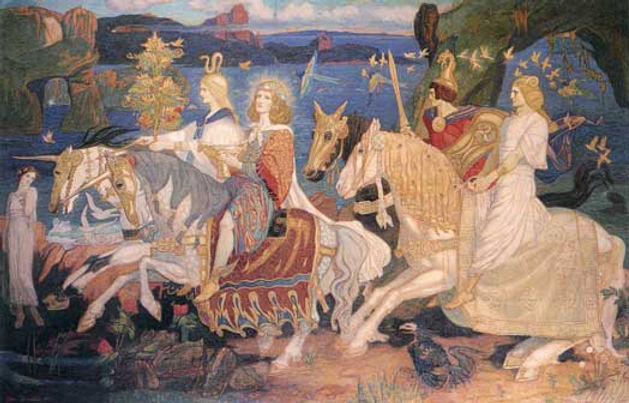
‘Riders of the Sidhe’ by John Duncan, a depiction of the fairy race of Ireland. Source: Wikipedia
The fairies – also referred to as the little people – are key figures in Irish folklore. ‘Fairies’ is really more of a collective term, born from the ancient tribe of the Tuatha de Danann and actually encompasses a wide range of mythological creatures such as banshees, leprechauns, púcaí and changelings. The fairies are not naturally evil or malevolent in any way, but they have been known to enjoy playing a trick or two and can do harm when they are disturbed. Fairies and piseogs are deeply intertwined, with many of these old superstitions warning against offending our little countrymen or offering tips to help befriend them.
Bridget Cleary (née Boland) was just twenty-six years old at the time of her death, a dressmaker, milliner and egg-seller living in Killenaule, Co. Tipperary. She had been married to a local cooper – Michael Cleary – for eight years after meeting in nearby Clonmel. The couple were happy, had no children which made them slightly unusual, a fact further compounded by the fact that Bridget (with her flock of chickens and Singer sewing machine) was an independent woman.
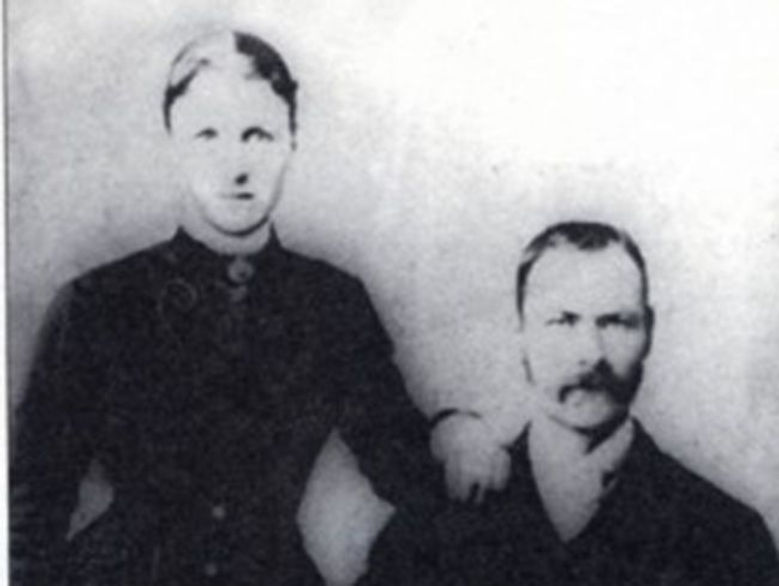
Michael and Bridget Cleary
The couple lived alone but for Bridget’s father Patrick Boland, and his presence meant that the Clearys qualified to reside in one of the recently constructed labourer’s cottages built by the Cashel Poor Law Guardians. These houses had two bedrooms, a loft, a kitchen and a couple of small outhouses and were usually snapped up rather quickly. This house in particular was south-facing and set before Slievenamon, commanding a sweeping view of the whole valley before it – but it came with one small disadvantage: It had been built upon a ring fort.
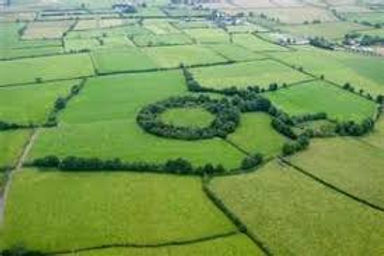
In modern times we know that these forts (of which there are up to 60,000 remaining around the country) are the remnants of settlements that were built some time between the bronze age and the year 1000. In rural Ireland in 1895 however, they were believed to be something different: fairy forts. Across Ireland and Cornwall myths sprang up connected with ring forts and they quickly became places steeped in local tradition and oral history, and when they were connected to the fairies they were avoided at all costs. Living in such a place in a time of superstitious beliefs must have heightened such feelings in the Cleary and Boland families, but all of this came to a head when Bridget caught a stubborn chill.
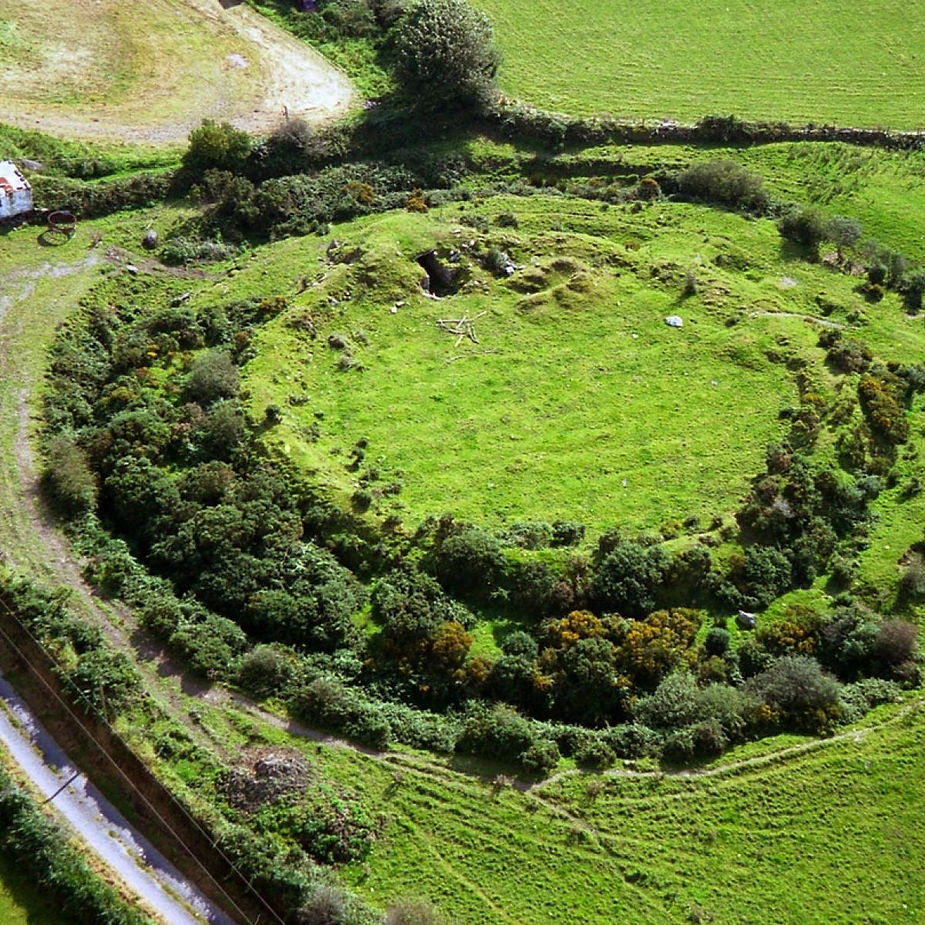
While dropping off eggs to a neighbour in a nearby village, Bridget Cleary stopped off in another fairy fort that stood on Kylenagranagh Hill. It isn’t clear what she did there, but Bridget was known to have something of a fascination with the fairy folk and this combined with her fashionable dress, her independence and her lack of children made her something of an unusual figure locally. Another theory posited was that she was having an affair with a local ‘egg man’, but whatever caused her to stop off so long resulted in a deathly cold and she arrived home with a ‘raging pain in her head’ that confined her to bed for ten days and eventually led to her death.

When her condition seemed to be getting no better, the family walked to the doctor’s residence three times in all to ask him to call on Bridget. Dr. Crean eventually visited on the 13th of March, just two days before her death and he judged her to be ill with bronchitis, leaving medicine and promising to visit again in a couple of days. Michael Cleary though, had no faith in the workings of physicians and refused to give her the prescription. A friend of his named Jack Dunne, a local seanchaí (a traditional storyteller well-versed in fairy lore) was an almost permanent feature of the house that week and he had a different theory about what had happened to Bridget. Jack thought that when Bridget walked into Kylenagranagh Hill fort that fateful day of March 4th, she had not walked out again and that a fairy changeling had taken her place. Changelings were a common myth in Ireland and elsewhere, withered and sickly imitations of real people that were left by the fairies in exchange. This was often used as an explanation for sudden illness, especially in the cases of women or young children, who were both of particular interest to the fairies.
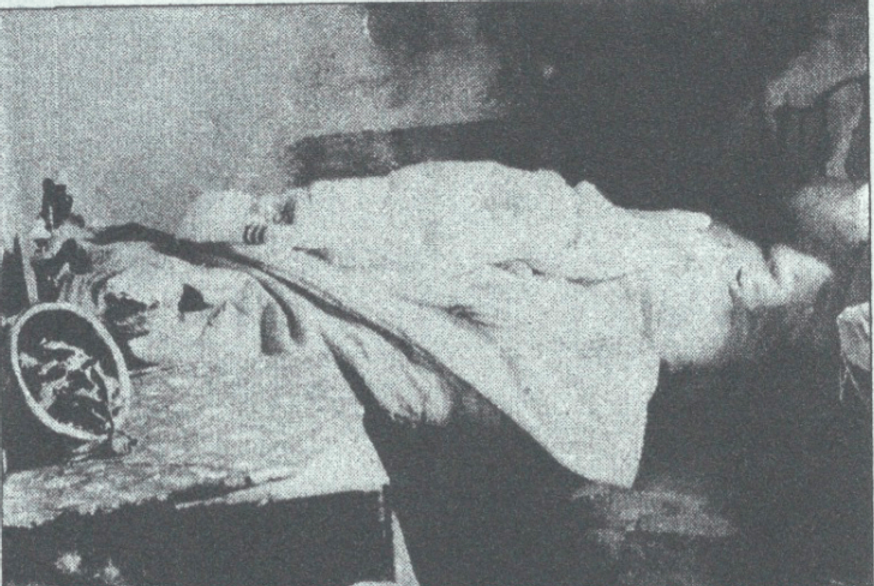
The bedroom which the Clearys shared and where Bridget spent her final days. Source: National Archives of Ireland
Dunne argued that the only course of action was to visit Denis Ganey, the local ‘fairy doctor’ and herbalist. The following day, after her condition had grown bad enough that the last rites were administered, Michael walked to the nearby area Kylatlea to talk to Ganey. The fairy-doctor confirmed Dunne’s suspicions and Michael’s worst fear – Bridget was no longer herself but a changeling instead and to get her back he had to oust the fairy and then wait outside the fort into which his wife had been taken. To us in modern times this sounds all but ridiculous, but in rural Ireland in the nineteenth century there was nothing more certain to many people than the existence of fairies. In a world of sudden illnesses and deaths, where fortune could change seemingly at any moment, and entire harvests could be lost to a blight that didn’t exist yesterday, something had to exist for people to blame, and fairies fit the bill almost every time.
He took the herbs the fairy doctor gave him and forced Bridget to drink them in a concoction of boiled new milk (new milk being the first milk produced by a cow after calving). Michael grew frenzied at the worsening state of his wife, becoming utterly convinced as Jack Dunne had whispered in his ear that she was not his wife at all, and that he had to do his utmost to get rid of this creature in her place. He gave her spoonful after spoonful, and when she complained that it was too bitter he brandished a red hot poker at her and burned her face with it. When Bridget complained about the rough treatment she had urine thrown over her and was burned with a poker from the fire. The sick woman that lay in the bed in their little cottage in Killenaule could not have been his wife, Michael argued with family and visitors to her bedside, because she was ‘too fine’ and two inches taller than his Bridget had been.

Her husband demanded that she identify herself as his wife, Bridget Boland ‘in the name of God’, and while she did this twice, she could not answer him a third time. The number three has important connotations in superstition so everything he demanded of her he demanded three times. There was a long-standing belief in Ireland that fairy changelings were deathly afraid of fire, so when a seriously ill Bridget could not answer the questions thrown at her in a state of delirium, she was hauled out of bed and held before the fire as the process was repeated.
Next he prepared three pieces of bread and jam for her to eat and would not give her tea or water with which to eat them until she had finished. Once again, she managed to eat two of them but could not manage the third. ‘You will eat it’ he told her ‘or down you will go’. With that he threw her to the ground and wrapped his hand around her neck, forcing her to swallow it while brandishing a hot sick from the fire in her face. This second failure to meet his three-part enraged him and he stripped her to her chemise, poured lamp oil over her and used the same hot stick he was using to threaten her to set his wife alight.
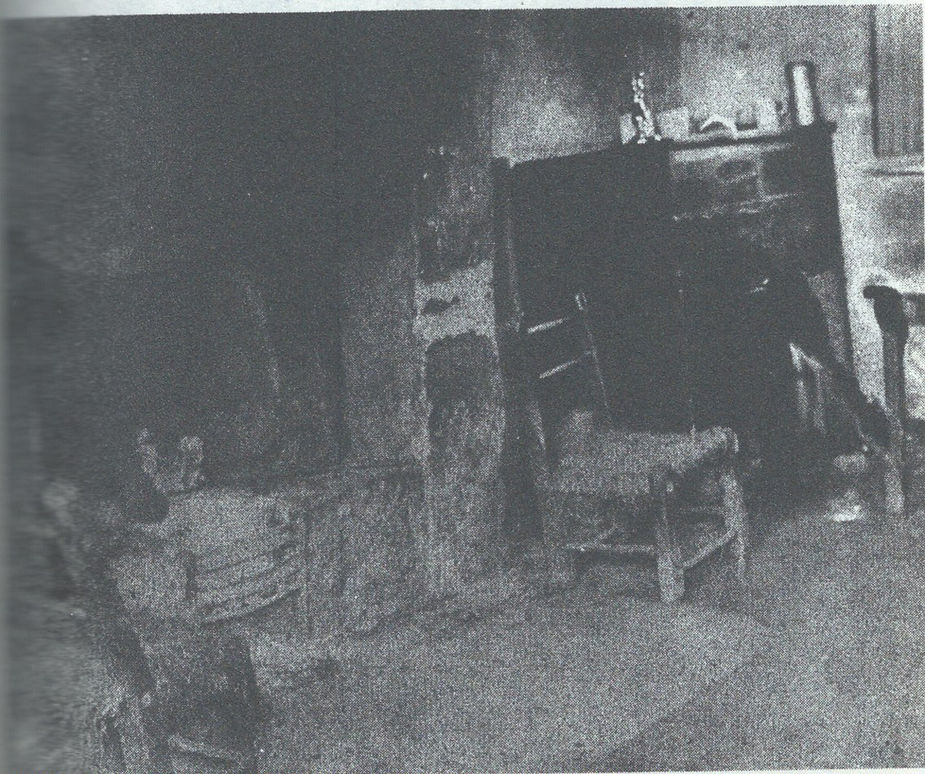
The hearth in the Cleary household where Bridget lost her life. Source: the National Archive of Ireland
‘It is not my wife I am burning’, he is reported to have said as he stood over her while she burned, ‘I am not going to keep an old witch in place of my wife, so I must get back my wife’. It seems that Michael truly believed that by killing the fairy left in her place he could have her returned to him. ‘It is not Bridget I am burning, you will soon see her go up the chimney’. There were eight others in the house at the time, various family members who had participated in the questioning over the previous two days but when Michael turned to murder, all claimed they attempted to stop him, but he barred their way and threw kerosene on her to speed the process. After her death he locked them in the house with her body and went to dig a shallow grave.
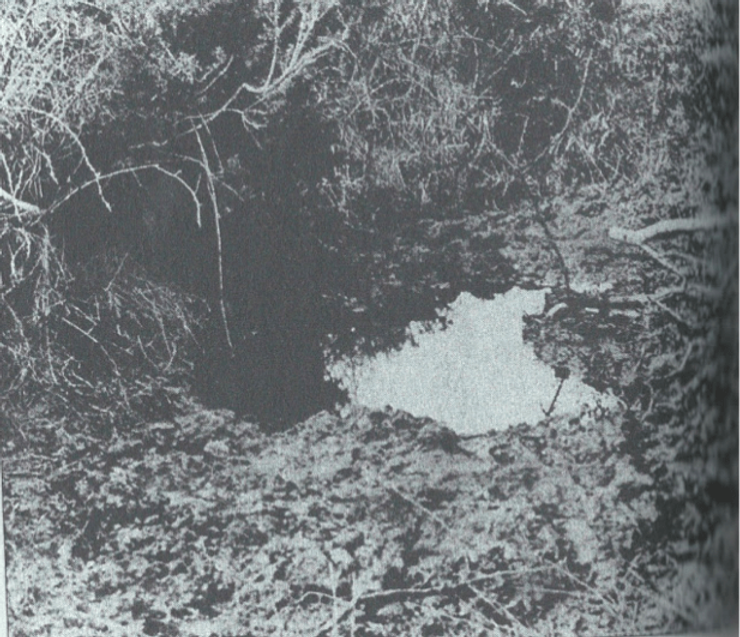
The shallow grave which Michael dug for his wife’s body
After her death, Michael waited by the fairy fort on Kylenagranagh Hill for three consecutive nights waiting for his wife to appear there riding a white horse so he could cut the ropes with which the fairies had bound her and take her home forever – needless to say, Bridget never showed.
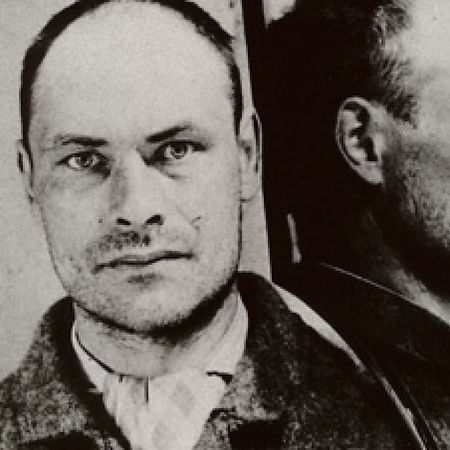
Michael’s mugshot after his arrest
The manhunt for her body took a week after the local priest witnessed a half-mad Michael praying and Jack Dunne told him of what had transpired. The police eventually found her in a shallow grave and nine people were charged in connection to the case. When the story broke in the national media it quickly made its way to London and thence across the Atlantic. While superstition and storytelling have been an important aspect of Irish culture throughout history, this murder case and the sensational reporting that surrounded it were treated as evidence of the backwardness of Irish society. The court case only took two days before a verdict was reached, though oddly, the presiding judge could not impose a judgement of murder on account of the fact that everyone involved had truly believed in the righteousness of their actions. Michael was given fifteen years in prison and emigrated to Canada as soon as he was released. The others served their sentences and returned to rural Tipperary life.
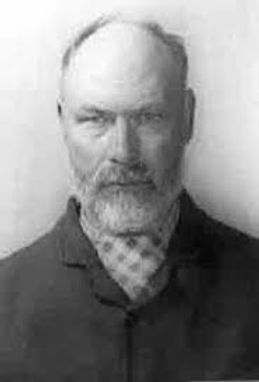
Michael upon his release from prison
Bridget Cleary is often referred to as the ‘last witch burned in Ireland’, but that isn’t exactly true, Michael Cleary never really believed his wife was a witch, and the truth is far more complicated. The events sound shocking to us, and the terror inflicted on Bridget Cleary is difficult to imagine but it is also difficult to picture the fear and suspicion that went hand in hand with illness in the days before modern medicine. Sudden illness that could reduce a young and healthy woman to a shadow of her former self in just days was a terrifying prospect, and centuries of storytelling about the fairies led to a deep-set belief and reverence among rural people.
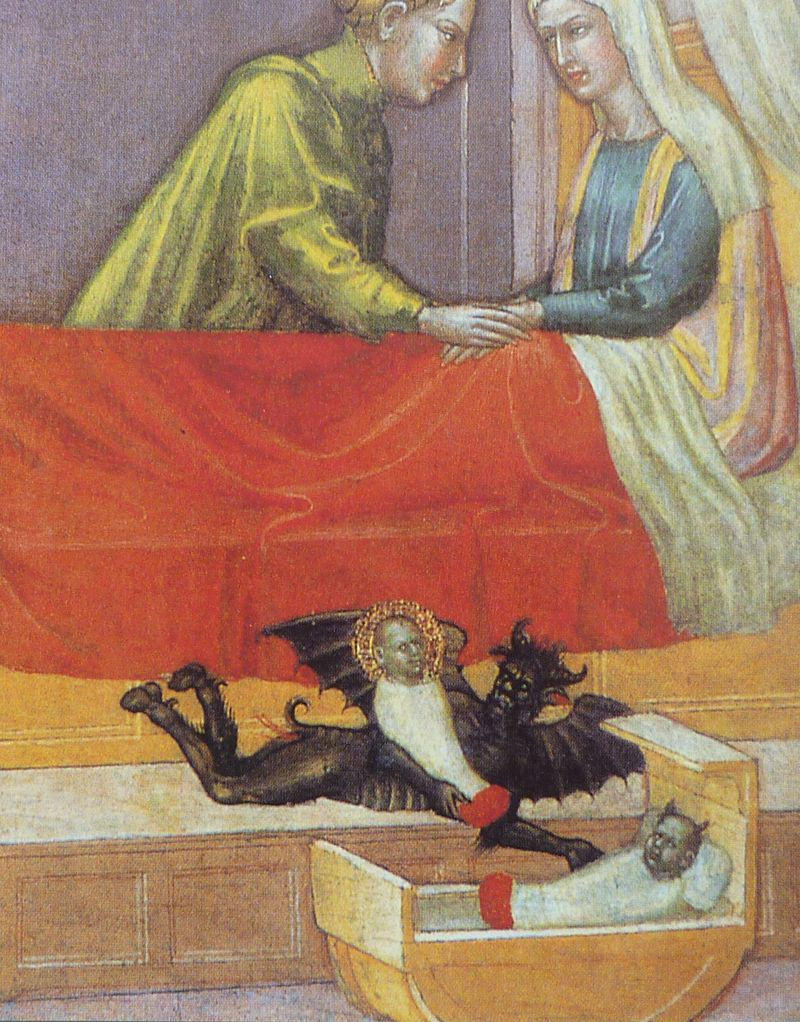
The devil leaves a changeling in place of a child by Martino di Bartolomeo. Source: Wikipedia


